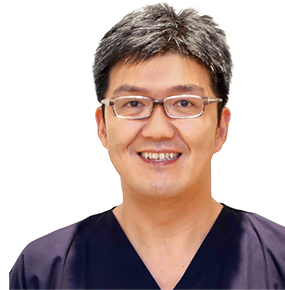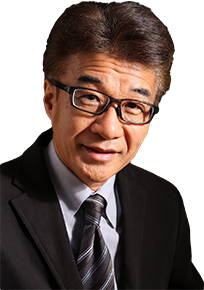


 13:00〜16:00
13:00〜16:00
Modern Technologies and Techniques from Top Prosthodontists
-
Digital Aesthetic Prosthesis with a Focus on Analogically and Digital Workflow and Lithium Disilicate Material
In the last ten years, IOS become very popular and of some interest in dentists. IOS have specific characteristics base on their optical and digital properties. In order to properly use IOS the practitioners need to have a deep knowledge of their characteristics and be trained in order to speed up the learning curve. Along this presentation anatomical confounding factors are explained, with limitations on taking IOS impressions. Then, it will be shown how to overcome the limitations of IOS in order to take good and clear digital impressions, with particular attention to management of soft periodontal tissues. The grades of difficulty on taking digital impressions on regular patients will be presented and tricks will be offers to finalize the digital impressions at the most. An overview of IOS available in the market and their efficacy and predictability will be presented. Characteristics and clinical use of GC Initial LiSi Press and GC Initial LiSi Block will be presented and recent data on their clinical trials will be shown.
Clinical use of IOS. Limitations of IOS, how overcome limitations of IOS. Prosthetic selection based on patients’ needs. Efficacy of different IOS available on the market. Clinical use of GC Initial LiSi Press and GC Initial LiSi Block. Complete digital workflow using IOS and GC Initial LiSi Press and GC Initial LiSi Block.
Adhesive System, Preparation of Abutment Tooth, Resistance Form, Digital Workflow
-
Preventive and Restorative Dentistry: A Critical Synergy for Restoring and Maintaining Health
There are many facets to comprehensive restorative dental care. Careful risk assessment and diagnosis are essential to formulate a treatment plan, but execution of the plan is impossible without patient education and empowerment. This leads to individualized treatment planning and material selection for our patients. Once a treatment plan is executed, an uncompromising preventive plan is vital for the longevity of the restorations and for the prevention of recurrent disease. This lecture will describe how to implement risk-based treatment planning, when direct restorations are suggested and when indirect restorations will provide more favorable outcomes and preventive recommendations to promote health.
Discuss the dynamic relationship between preventive and restorative dentistry Describe the concept of risk-based treatment planning and learn strategies to treatment plan for long-term success Learn practical and predictable methods for shade selection Discuss indications for direct and indirect restorations Describe common errors that negatively impact longevity of direct and indirect restorations
Preventive Dentistry,Minimally Invasive Techniques,Dental Hygiene,Dental Caries,Composite Restorations,Glass Hybrid Restoratives,Direct Restorations,Indirect Restorations,Crowns,Onlays,Veneers
-
Current Prosthodontic Treatment in Minimal Intervention -Possibility of All-Ceramic Cantilever Resin Bonded Bridges-
Currently, minimally invasive treatment is becoming the key factor of all kind of dental fields as well as prosthodontic field.
Newest adhesive and all ceramic materials allow clinicians to provide both minimally invasive restorations and good esthetic outcomes, which are previously incompatible. Cantilevered resin-bonded bridges with a single ceramic retainer wing have been used over 20 years ago for the minimal invasive replacement of missing anterior teeth. They provide better esthetics and are less invasive than conventional 3- unit fixed partial dentures and implants.
This lecture will address the single-retainer zirconia resin bonded bridges present a favorable and less invasive treatment alternative to single tooth.Zirconia,Adhesive,MI(Minimally Invasive Treatment),Bonded Bridge
-
The Harmony with Esthetic and Biology in Restorative Treatment
Dental pioneers are reporting the studies on biological width and about the type of periodontal tissue from the 1970s. At the same time, when we precede the prosthetic treatment, there are many reports that the finish line should be set while keeping a proper distance from the bone crest.
However, it is unexpectedly difficult to accomplish them utilizing certain technique without gingival recession long term maintenance. For such a prognosis, it is not yet enough that we have the solution to establish aesthetic gingival line. However it would be necessary to diagnose the condition of the gingival type and abutment tooth condition before restorative treatment, and we have a delicate handling with trial and error while changing the finish line and making the emergence profile from submerged area.
This time, I would like to discuss about a method of making the restorations considering the periodontal tissue with some cases.The future of abutment tooth preparation -new concept of margin finish- The balance between digital biology and aesthetic prosthesis Crown contouring and gum matching
Preparation of Abutment Tooth, Finishing Area, BOPT, Epithelial Attachment, Biological Preparation Technique, Biology, Gingitage Technique, Emergence Profile, Shoulderless







